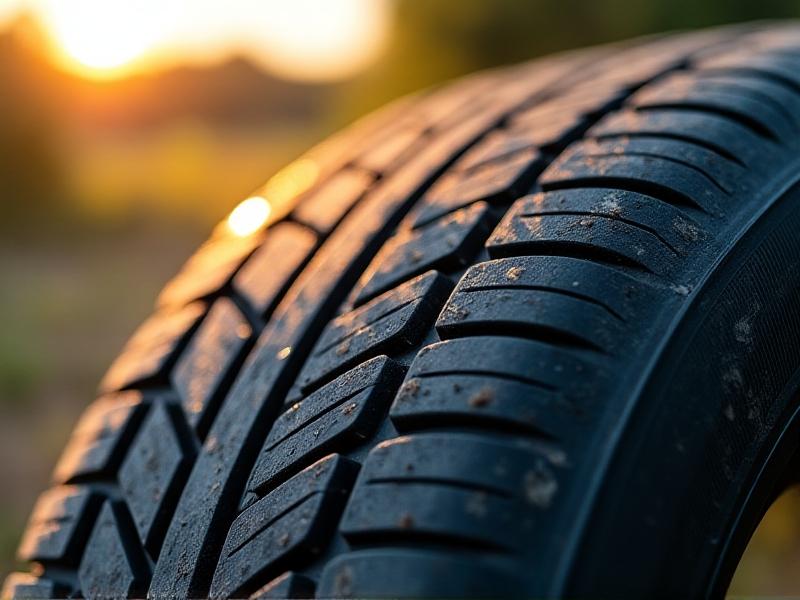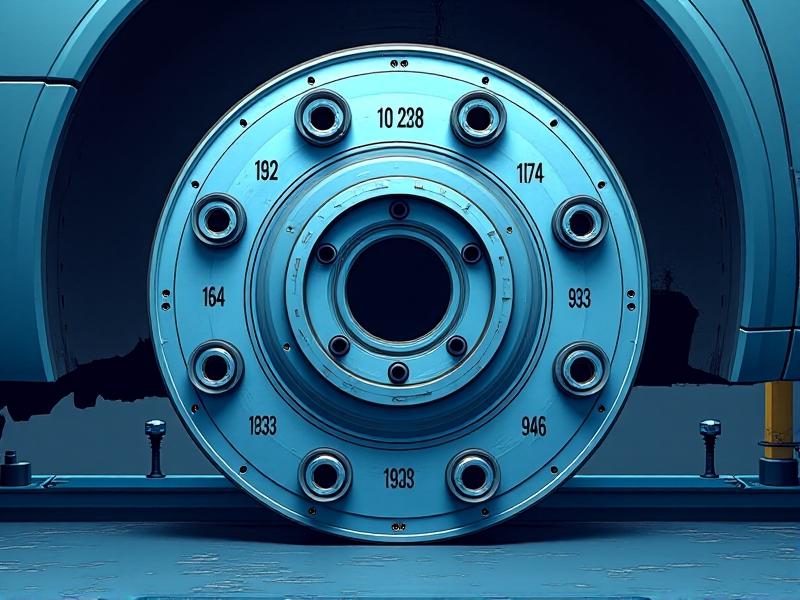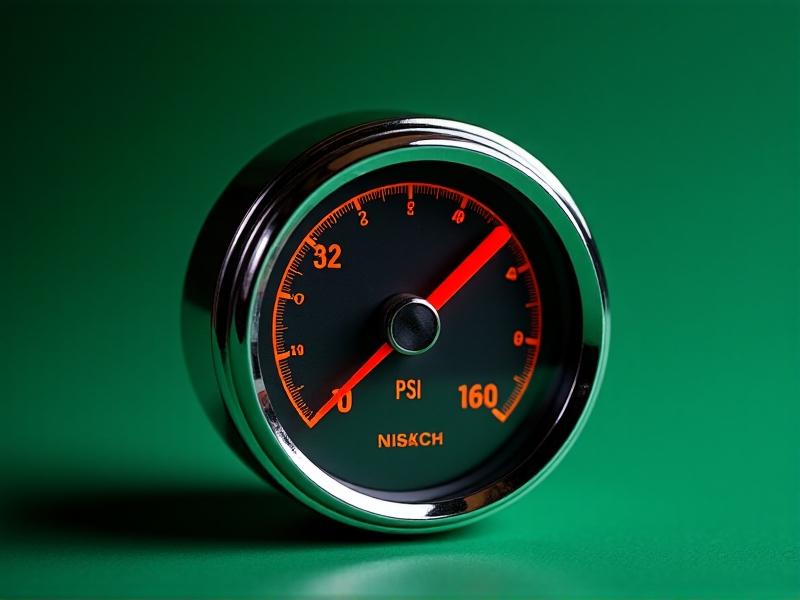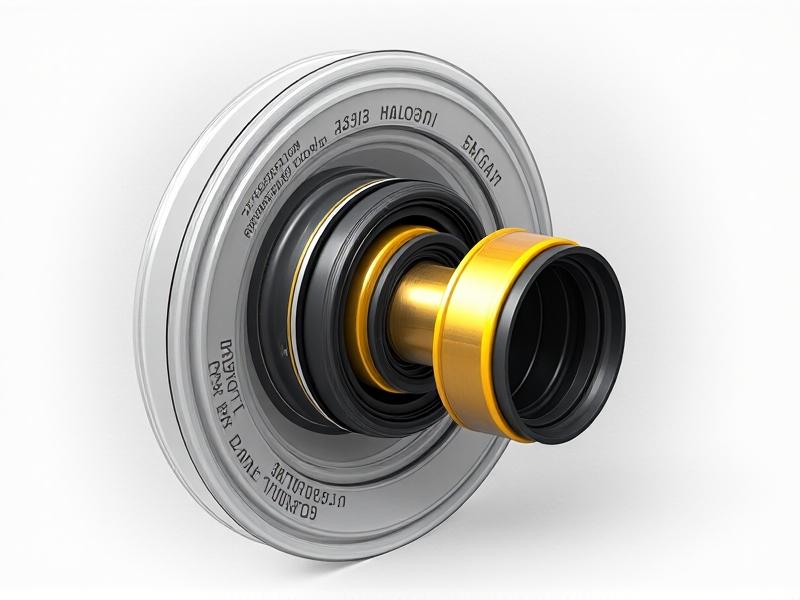```html
Introduction: The Critical Crossroads of Tire Repair
Picture this: you’re halfway through a road trip when a sharp thud echoes from your tires. A puncture—every driver’s nightmare. The next decision—patch or plug—could mean the difference between a temporary fix and a lasting solution. Choosing the right repair method isn’t just about convenience; it’s about safety, cost-effectiveness, and preserving your tire’s lifespan. Let’s navigate the maze of options to ensure your next repair keeps you rolling safely.

Understanding Tire Punctures: More Than Just a Hole
Punctures vary widely in cause and severity. A nail lodged in the tread is straightforward, while sidewall damage often spells doom for a tire. Road debris like glass shards or screws account for most punctures, but even a slow leak from a poorly sealed valve stem can lead to trouble. Location matters: repairs near the shoulder compromise structural integrity, while tread-area damage is often salvageable. Recognizing these nuances helps determine whether a patch, plug, or replacement is necessary.
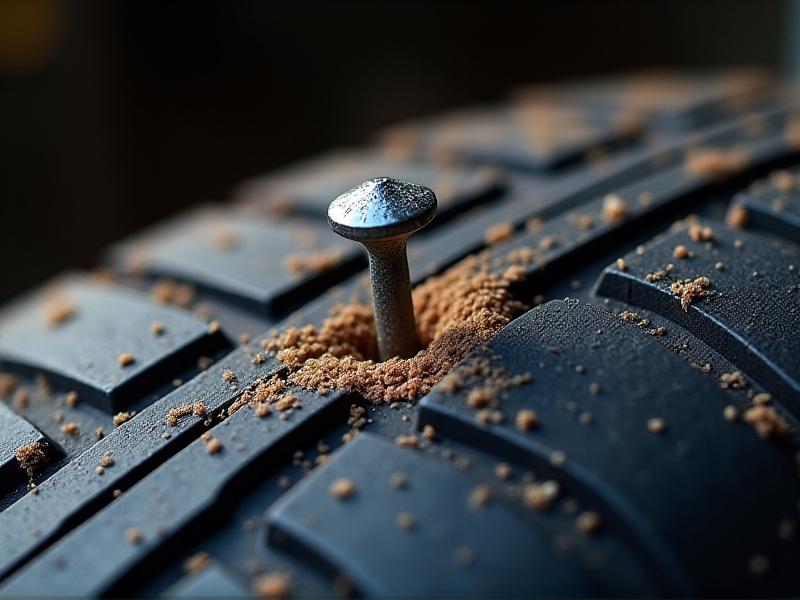
The Tire Patch: Precision Repair for Longevity
Patches represent the gold standard in tire repair. Applied from the inside using vulcanizing cement, they create a chemical bond with the rubber—effectively becoming part of the tire. Ideal for larger punctures (up to ¼ inch), patches require demounting the tire, making them a shop-only solution. Their layered design seals the inner liner while covering a broader area than plugs, preventing moisture infiltration and air loss. Though time-intensive, patches offer unmatched durability when installed correctly.
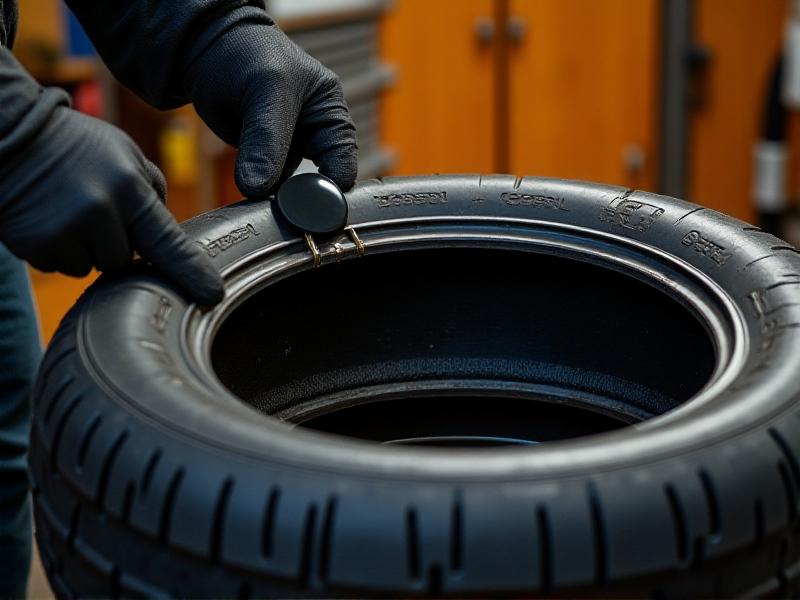
The Tire Plug: Quick Fix or Reliable Solution?
Plugs offer roadside convenience—a sticky rubber cord inserted through the puncture channel from the outside. No tire removal needed, making them popular for DIY repairs. While effective for small, straightforward punctures, plugs don’t seal the inner liner, leaving potential for air loss. Their simplicity comes at a cost: the Repair Industry Association warns against relying solely on plugs for permanent repairs. Best suited as temporary fixes until professional patching can occur.
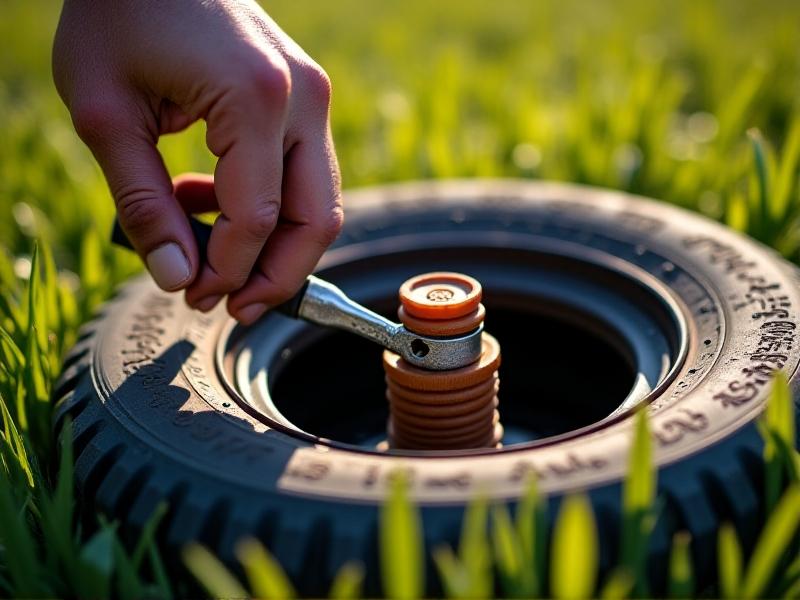
Patch vs. Plug: Decision Factors in Head-to-Head Comparison
Size and location dictate the repair choice. Patches handle larger tread-area damage, while plugs suit small holes (<6mm). Consider time constraints: plugs take minutes; patches require hours at a shop. Cost differences matter too—plugs are cheaper upfront but may fail prematurely. Safety-critical vehicles should always use patches. The Rubber Manufacturers Association mandates that only combined plug-patch hybrids meet industry standards for permanent repairs.
Hybrid Repairs: When Two Methods Become One
Combination repairs use a plug’s shaft with a patch’s sealing surface—the best of both worlds. The plug fills the puncture channel while the patch bonds to the inner liner. This dual approach prevents debris intrusion and air leakage, meeting U.S. Tire Manufacturers Association guidelines. Though requiring professional installation, hybrids offer superior reliability for moderate-sized punctures, especially in high-speed or heavy-load applications.
Safety First: Long-Term Impacts of Repair Choices
Improper repairs risk catastrophic failure. Plugs can loosen over time, causing slow leaks or sudden blowouts. Patches may fail if applied to damaged steel belts or contaminated surfaces. Always inspect for secondary damage post-repair. Industry studies show hybrid methods reduce failure rates by 60% compared to plugs alone. Remember: no repair method justifies ignoring tread wear indicators or sidewall damage—when in doubt, replace.
DIY or Pro? Navigating the Repair Skill Gap
Plug kits tempt with affordability ($10-$30), but improper installation—like skipping cement or incomplete plug insertion—invites failure. Patches demand specialized equipment (tire buffers, curing presses) beyond most home garages. While temporary plugs get you to the shop, permanent repairs should always involve professional assessment. Shops use borescopes to inspect internal damage invisible to DIYers—a critical step many overlook.
Environmental Considerations: Repair vs. Replace
Every repaired tire saves 5 gallons of oil used in new tire production. However, improper repairs lead to premature replacements, increasing landfill waste. The EPA notes 300 million scrap tires annually—many avoidable through proper repair. Eco-conscious drivers should prioritize high-quality patches over frequent plug replacements, balancing immediate needs with long-term sustainability.
Final Thoughts: Smart Repair as an Investment
Your tires form the critical interface between vehicle and road—compromising their integrity risks everything. While plugs serve in emergencies, view them as stepping stones to proper repairs. Consult certified technicians for damage assessment, and when possible, opt for hybrid solutions. By matching repair methods to puncture specifics, you’ll ensure safety without overspending—a balanced approach for informed drivers.
